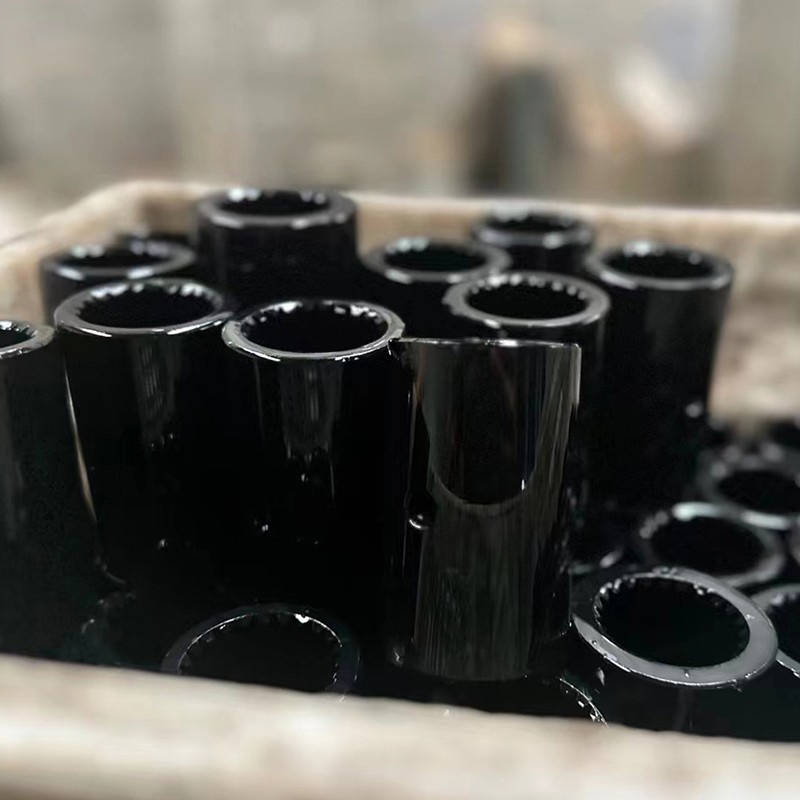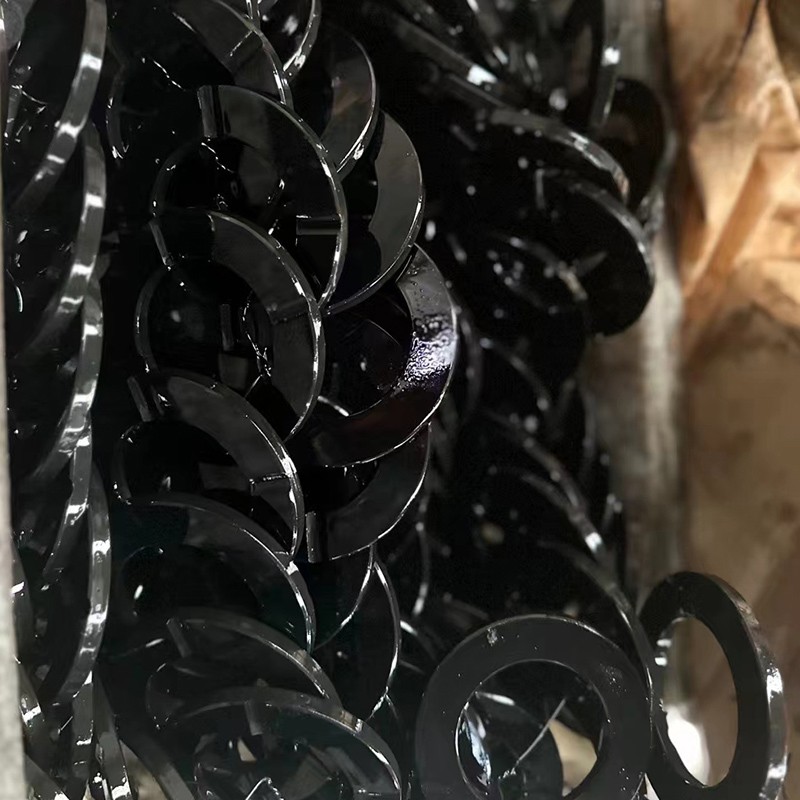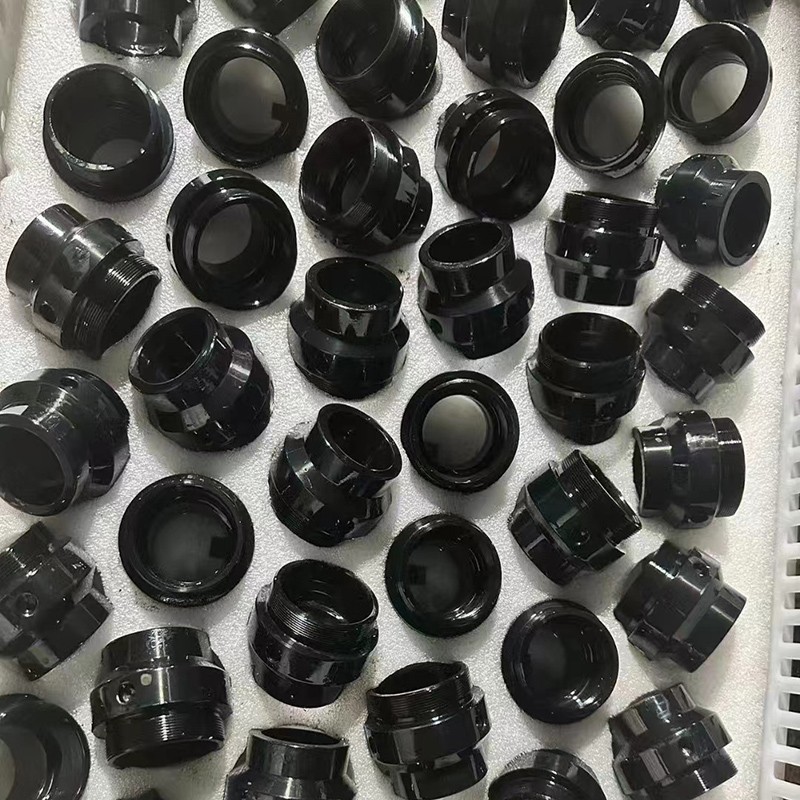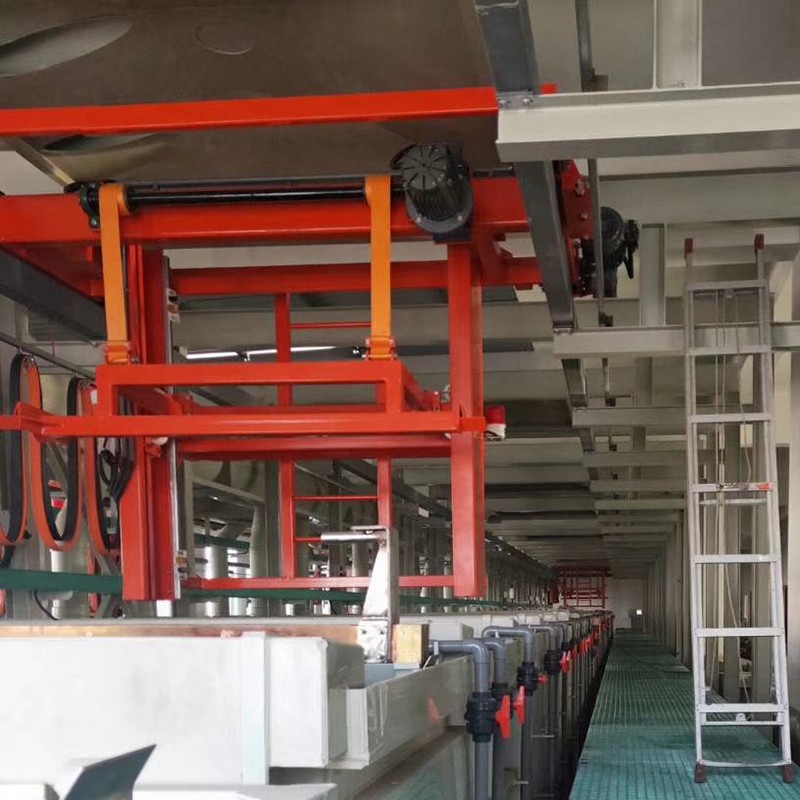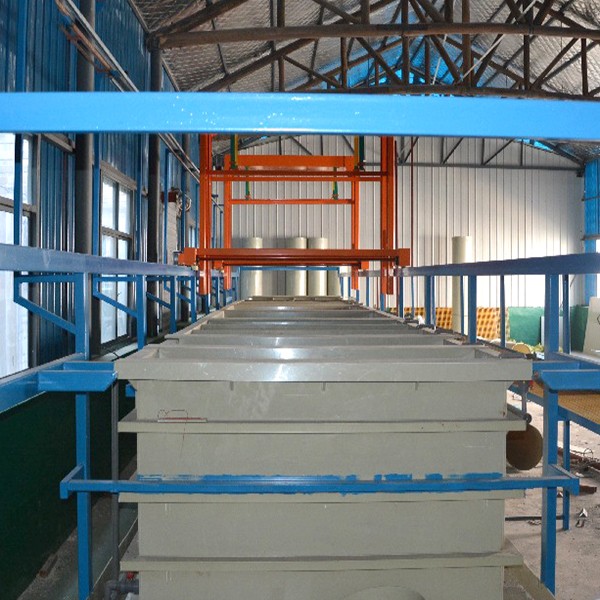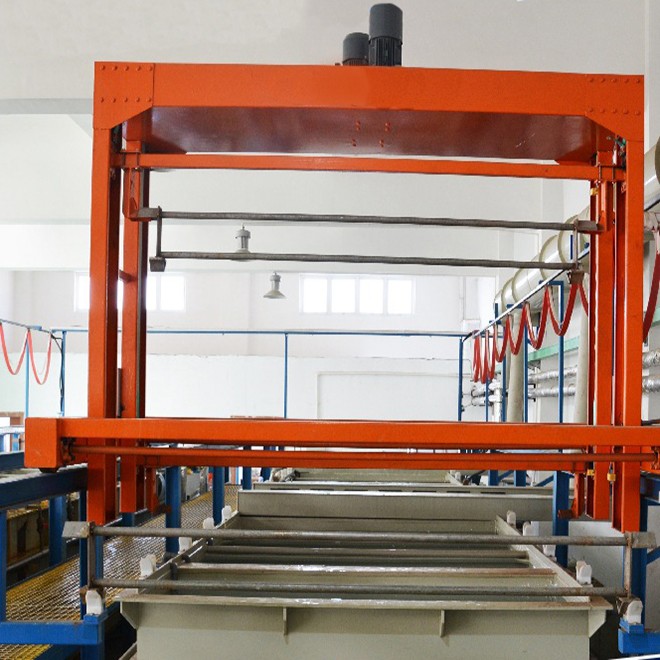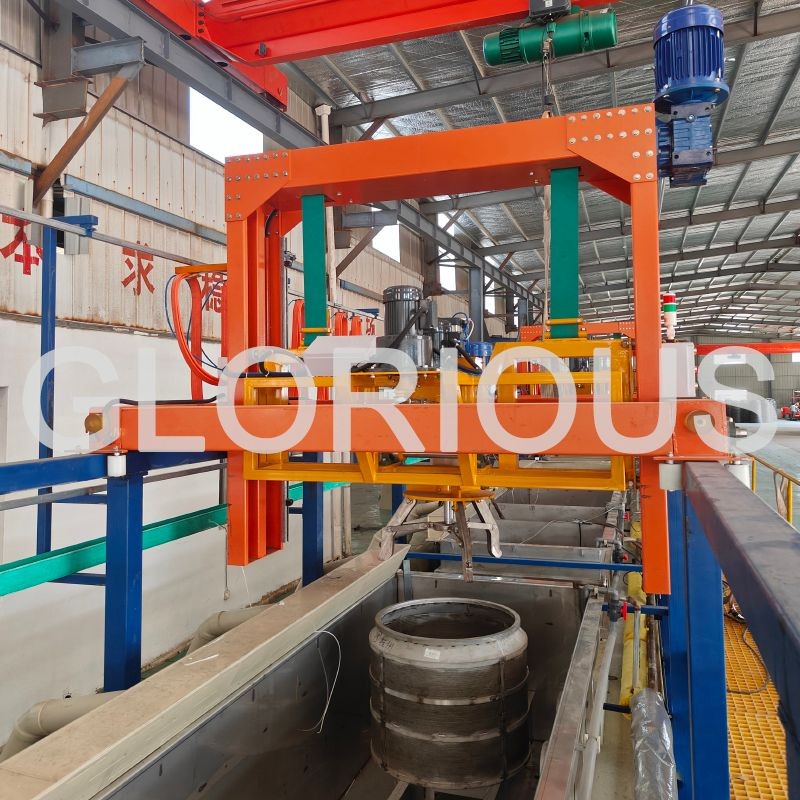
blackening coating machine/ Phosphating machine/ blackening machine
Brand Glorious
Product origin China
Delivery time Within 20 days
Supply capacity 100 units 1 month
1. Full system of machine
2. Professional technologist guidance
3. Economical machine cost
Classify
◆ High temperature phosphating machine
◆ Middle temperature phosphating machine
◆ Normal temperature phosphating machine
◆ Blacken machine on high heat
◆ Blacken machine on Middle heat
◆ Blacken machine on Normal heat
◆ Bluing machine
Working principle
Blackening is the use of a variety of chemical substances, produce a chemical reaction on the surface of the metal, so that its surface is attached to a black oxide film.
Aim
The metal parts are not oxidized, so that the metal parts are completely isolated from the air, improve the anti-rust ability, after blackening treatment, you can also increase the surface luster of the metal parts, make it more beautiful, but also reduce some internal or external deformation caused by the workpiece.
Advantages and Disadvantages
Because blackening has many advantages such as short processing time, low cost, simple and safe operation, it is widely used in metal surface treatment.
But at the same time, the shortcomings of blackening treatment are also particularly obvious, that is, the pollution is more serious.
General use
Using alkaline heating to blacken the metal surface, high carbon steel is commonly used in this blackening process.
The blackening treatment of the surface of iron and steel products is also called blue treatment, and the dense and smooth oxide layer on the surface is iron tetroxide, which is to protect the interior of the workpiece from oxidation.
Blue treatment: At a high temperature of 550 ° C, the oxidized iron oxide will appear sky blue
Black treatment: At a low temperature of 350 ° C, the oxidized iron oxide will appear black
Please provide more detailed information, we can recommend further customized rectifiers. 1. What do you need the power supply for? 2. What is the input voltage in your country? How many phases? How many hertz? 3. What is the output voltage and current of the rectifier you need? 4. What type of rectifier do you need? High frequency, thyristor, or other? 5. What kind of power supply cooling me...more

